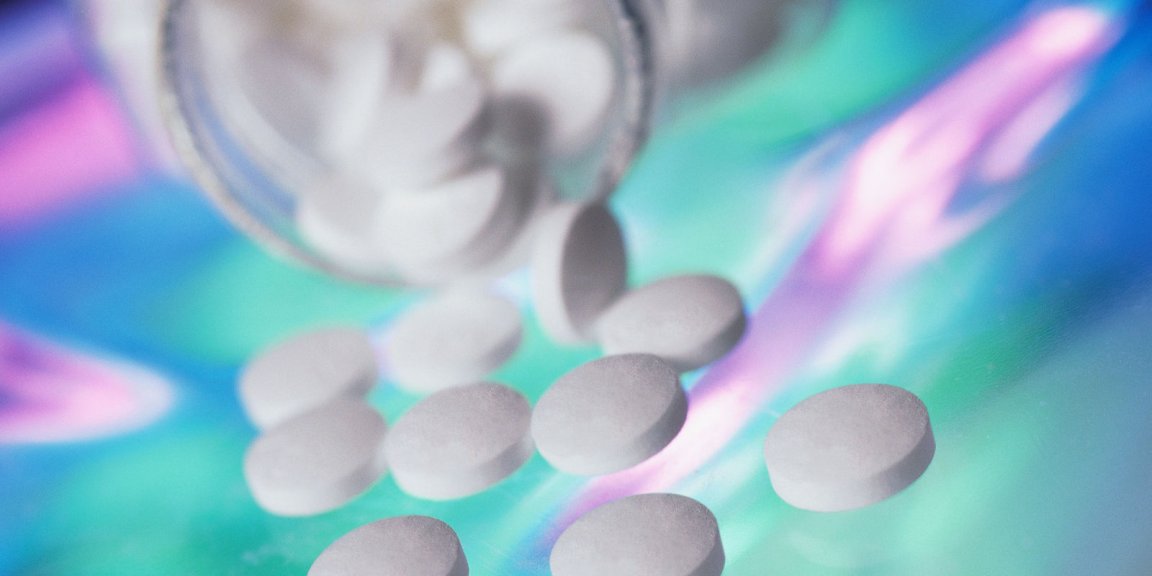
Drugs that stick
The major areas of medical research include not only how to cure diseases with medicine, but also how to get that medicine in the body in the first place. From pills that can be 3D-printed to microchips that administer medication, much study has gone towards better medicine delivery.
Now, a new pill made by MIT researchers is showing promise in this field. Ultimately, it has the ability to stick to the walls of the gastrointestinal (GI) tract, which allows for the long-term delivery of drugs.
Using a material called mucoadhesives, the researchers created a dual-sided pill that sticks to the GI tract and repels liquids and particles that may dislodge it before it completes the drug delivery.
On their own, mucoadhesives stick to the GI tract. But once there, they are easily skewed or dislodged by food passing through the track.
The researchers used a mucoadhesive polymer called Carbopol and a cellulose acetate for the adhesive side. The adhesive side is structured like a lotus leaf, with tiny protrusions that make it extremely hydrophobic (which means that it tends to repel, or fails to mix with, water). Once the texturing was complete, the surface was fluorinated and lubricated to make it repel practically anything it comes into contact with.

A better bond
In the testing, the pill was loaded with drugs and tested using pig intestinal tissue alongside fully mucoadhesive and fully repellent pills. The researchers flowed a mix of liquids and small piece of rice and bread along the tissue.
The fully repellent variant moved along the tissue in just a single second, while the mucoadhesive pill stayed in place for seven seconds. The two-sided pill stayed in place for the entire length of the experiment.
Possible developments to the pill include tweaking the amount of time it stays in place, the rate of drug release, and making it stick to specific sections of the GI tract.